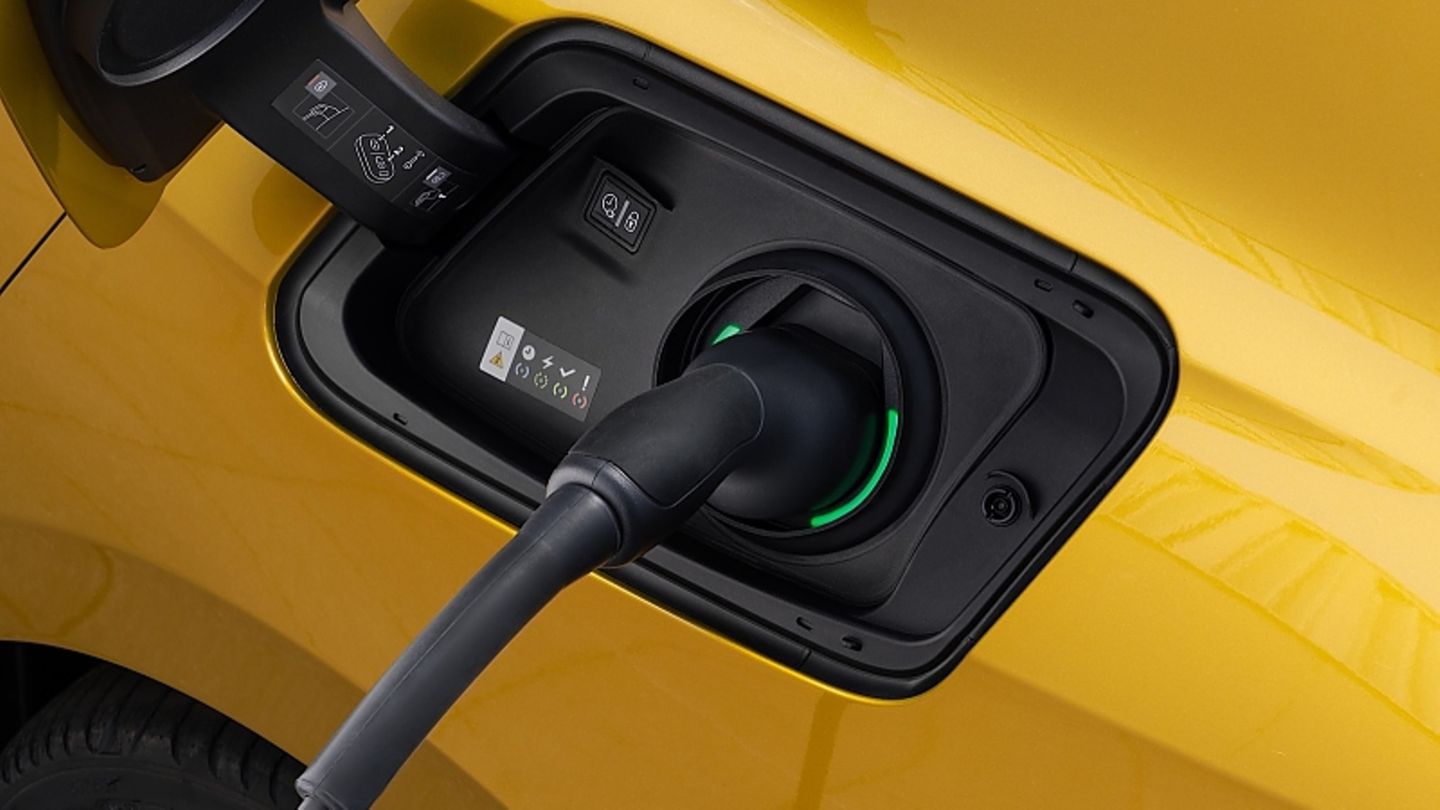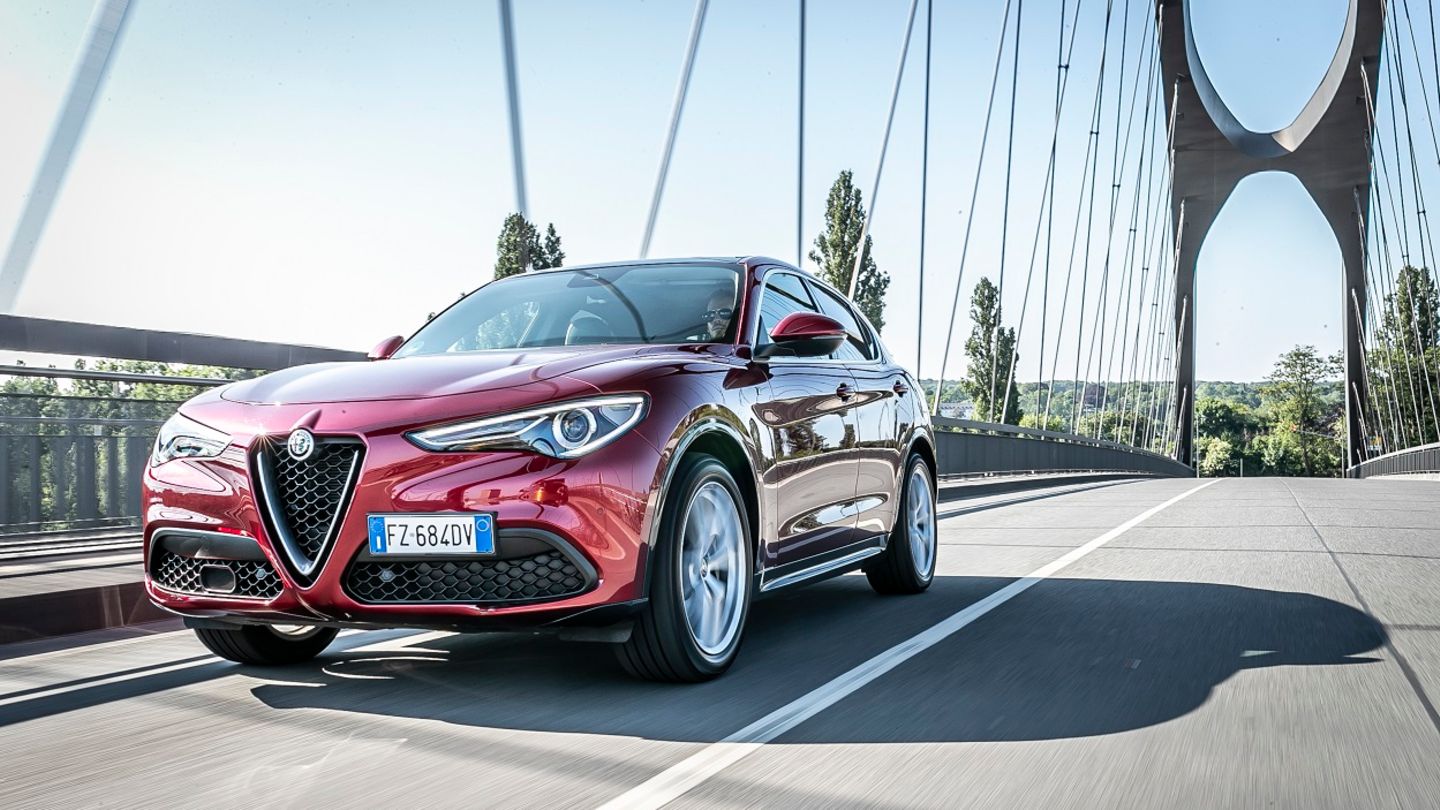The sixth generation of the Astra, which emerged from the earlier Opel Kadett, is now rolling out: technically and visually completely revised, not only with the usual diesel and combustion engine, but also as a partially electric plug-in hybrid.
Even from the outside it can be seen that the Rüsselsheim team have done their job well. With a length of 4,374 mm, a width of 2,062 mm and a height of 1,472 mm, the dimensions of the Golf competitor have remained almost identical. Visually, however, the designers have sharpened. At the front, the Astra, which is based on the further developed EMP2 platform, bears the brand face known as “Vizor”. The black band with the lightning bolt logo in the middle is intended to show power and dynamism even when stationary and make the Astra appear wider.
The front is caught on the left and right by two slim headlights with matrix technology, which was adopted from the Insignia. The “Intelli-Lux LED Pixel Light” is made up of 84 LED elements per side and is intended to prevent road users ahead from being dazzled. Within milliseconds, the LEDs precisely mask out oncoming vehicles and continue to illuminate the remaining areas with full high beam.
Opel has also completely revised the interior. The first thing you notice is that there are no longer any analogue round instruments; there is a fully digital panel on the cockpit. Directly in front of the driver, the most important displays such as current speed, fuel level, etc. are easy to read, even in full sunlight. To the right of this are navigation, vehicle settings and entertainment. For a surcharge, Opel also supplies a head-up display for the Astra. Fortunately, the most important settings such as air conditioning, seat heating etc. do not have to be laboriously worked out via various screen menus. For them, there are completely normal push buttons that can also be operated safely while driving.
Also for a surcharge, Opel offers seats in the Astra that are certified by the “Aktion Gesunder Rücken eV”. The fact that the multi-adjustable seats are not just a product from the marketing department of the Rüsselsheim company is noticeable, especially after longer journeys: you arrive relaxed and without stiff bones. There is plenty of space in the five-door, especially at the front. Rear, on the other hand, it quickly becomes tight around the knees for taller passengers. The others can’t do it any better in the compact class either: The VW Golf has a similarly tight cut at the rear, even the C-Class from Mercedes is not exactly a space miracle in the second deer. In the rear there is space for up to 352 liters of luggage, with the rear seat folded down up to 1,268 liters. Annoying: The seat belts cannot be adjusted in height on the C-pillar – this makes the belts uncomfortable, depending on the body size. Driver assistance systems with numerous cameras and sensors all around the car now anticipate, for example, the speed in bends, make speed recommendations or carry out semi-automatic lane changes.
When it comes to drive, Opel offers the usual range of petrol and diesel engines in the new Astra. There is also a plug-in hybrid with two power levels, which can be charged via a socket on the rear left side. The battery is full after around two hours on a 22 kW wall box. System outputs of 81 kW / 110 PS and 165 kW / 225 PS are available. The small hybrid has a WLTP consumption of one liter per 100 kilometers, which corresponds to CO2 emissions of 22 grams.
Pressing the start button activates the Opel Astra in pure electric mode. A small rocker switch on the center console is used to select the usual automatic levels. The hybrid Astra rolls up silently. The trips in the short range are then easily possible purely electrically. It pulls the Astra forward powerfully and without shifting interruptions, and the electric motor also keeps up with you on cross-country trips and on the motorway without any problems and, above all, almost silently. It takes just 7.6 seconds to go from 0 to 100 km/h. In electric mode, the top speed is 135 km/h, otherwise it is 225 km/h. Switching from the electric drive to the 1.6-liter petrol engine happens almost unnoticed. The engine noise is minimal, you can feel the gear changes of the automatic. According to Opel, there is a purely electric range of up to 60 kilometers with the 12.4 kWh lithium-ion battery – on our trip to Portugal we got the same value before the petrol engine started.
The steering in the plug-in hybrid is direct and precise. In the diesel model, however, it made a rather spongy impression. The chassis of the new Astra with McPherson struts at the front and torsion beam axle at the rear has the usual tight design. Almost lovingly, the Opel passes on almost every bump to the occupants. But the road holding is excellent: the compact pulls directional stability around corners, hardly needs to be corrected when driving straight ahead and the inclination of the bodywork when changing loads is hardly present.
As with the predecessor, prices for the new Opel Astra start at 22,469 euros. It is then equipped with an 81 kW / 110 hp three-cylinder petrol engine. The hybrid with 180 hp is available from 35,800 euros, minus the environmental bonus, 28,623 euros remain. The purely electrically powered Astra-e will then be available from the beginning of 2023.
Source: Stern
I am a 24-year-old writer and journalist who has been working in the news industry for the past two years. I write primarily about market news, so if you’re looking for insights into what’s going on in the stock market or economic indicators, you’ve come to the right place. I also dabble in writing articles on lifestyle trends and pop culture news.




